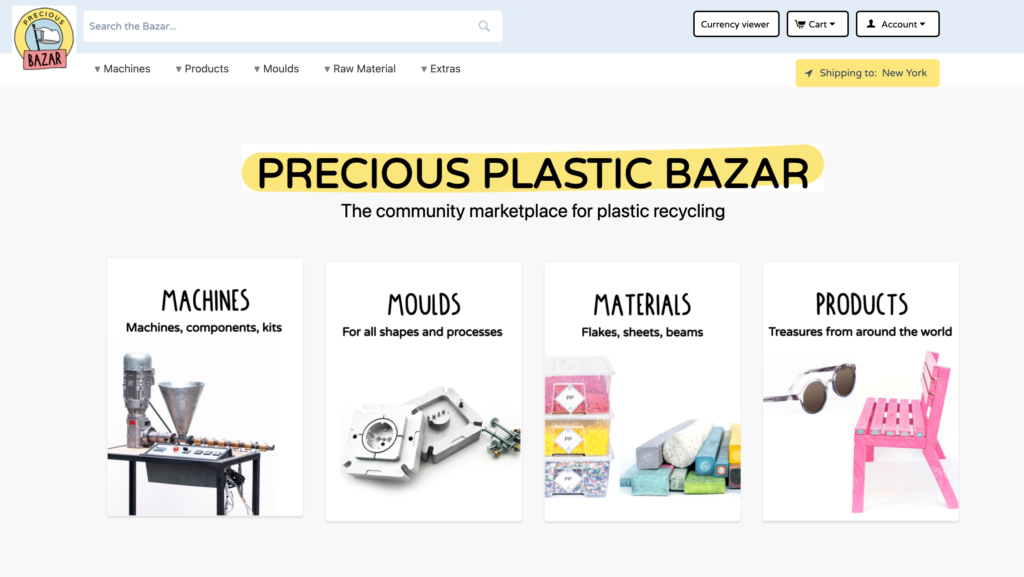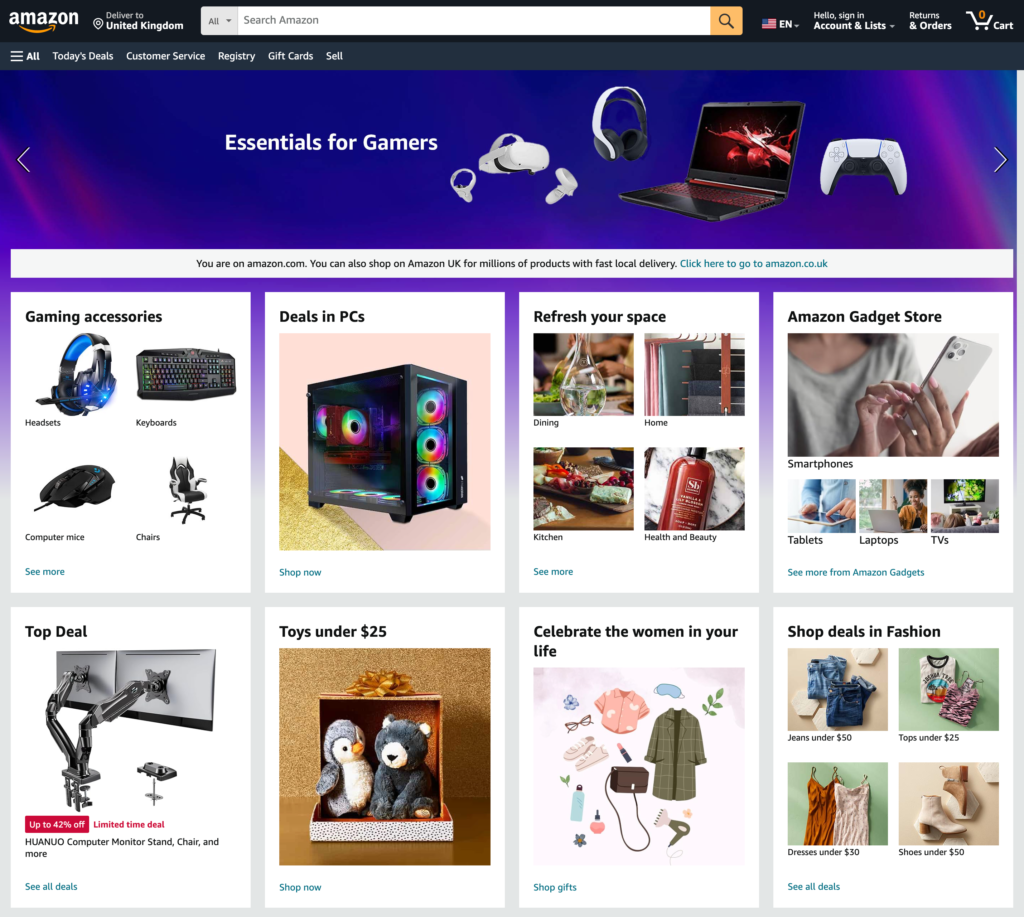Custom Marketplace Development: Is It Worth Developing a Marketplace from the Ground Up in 2024?
The cost of custom marketplace development is expected to increase in 2024 due to the introduction of new features and technologies. The marketplace development this year will come with new features, such as mobile-first web development, dark mode user experience, voice UI experience, progressive web apps, AI-enabled features, and more.
The decision on how to proceed with marketplace development is crucial. It’s like deciding whether to construct a custom-designed building, lease a pre-built office space, or modify an existing structure to meet your needs.

Choosing the right development approach for your marketplace is a delicate balance, requiring a thorough assessment of your immediate needs, long-term business goals, budget constraints, and technical capabilities.
This decision is foundational to the success of your marketplace, affecting not only the speed at which you can launch but also how effectively you can serve your customers and scale your operations over time.
Let’s take a closer look at each approach to marketplace development and see if it’s really worth it to build a marketplace website from the ground up in 2024.
Table of Contents
- Overview of Marketplace Development Strategies
- Strategy #1. Using a SaaS Marketplace Platform
- Strategy #2. Using a Ready Marketplace Platform with Open Code
- Strategy #3. Coding a Marketplace from Zero
- Best Approach? Why Choose a Platform with Open Code for Your Marketplace
- Conclusion: Choosing Your Marketplace Development Path
Overview of Marketplace Development Strategies
When launching a marketplace, selecting the appropriate development strategy is an important step. Here’s a simplified guide to understanding the main strategies available:
Strategy #1. Quick setup with SaaS platform:
- What it is: This approach uses ready-to-use platforms offered by a marketplace development company to quickly launch your marketplace.
- Pros: Enables a fast launch with lower upfront costs.
- Cons: May limit the ability to fully customize according to your business vision, a critical aspect of custom marketplace development.
- Good for: Entrepreneurs who want to enter the market swiftly without a large initial investment.
Strategy #2. Custom development with open-code marketplace software:
- What it is: Modifying an open-source platform for a custom online marketplace, utilizing custom marketplace development services for a tailor-made solution.
- Pros: Offers total control over your marketplace’s features and user experience.
- Cons: Requires more resources, technical expertise, and investment in time.
- Good for: Businesses seeking a distinct presence in the market with specific requirements that only custom development can fulfill.
Strategy #3. From zero to hero custom marketplace development:
- What it is: Creating a bespoke marketplace from scratch, often involving an online marketplace development company for a fully custom solution.
- Pros: Provides complete freedom in design and functionality, perfect for a scalable multi-vendor marketplace.
- Cons: Associated with higher costs and longer development timelines.
Good for: Enterprises aiming for a scalable multi-vendor marketplace without constraints, ready to invest in a unique platform.

Aligning Strategy with Business Goals
Choosing the best strategy for your marketplace hinges on several considerations. To get a clearer picture of your development strategy, answer these three questions:
- Your business goals: What do you want to achieve with your marketplace?
- Your budget: How much can you invest upfront and over time?
- Your technical capabilities: Do you have the skills in-house, or can you hire the right people?
It’s essential to align your development strategy with these factors to create a successful online marketplace.
Engaging with a reputable company that offers online marketplace development services can significantly impact the success of your venture, ensuring that your platform is well-equipped to meet the demands of the industry.
Pro tip: Whether aiming for a quick market entry, requiring specific custom features, or building a unique platform from the ground up, your decision should support your long-term vision and business objectives.
Strategy #1. Using a SaaS Marketplace Platform
Opting for a SaaS platform is a straightforward way to launch your online marketplace with minimal upfront costs. It’s an ideal strategy for launching an MVP or quickly starting your marketplace project, especially if building custom marketplaces from scratch seems daunting.
The Good Parts
- Immediate Launch: You can open your multi-vendor marketplace almost right away with a SaaS platform. This quick start is much simpler and faster than developing a custom marketplace.
- Budget-Friendly Start: The initial costs are low because you’re paying ongoing fees rather than a large sum upfront. This is particularly appealing for new startups testing their marketplace ideas.
- Support and Updates: The SaaS provider keeps your online marketplace modern and secure. They handle updates and technical support, so you don’t have to worry about the technical side of things.
The Not-so-good Parts
However, this convenience comes with limitations. Customization is limited—you have to work within the SaaS platform’s capabilities. This might not fit if you have specific needs for your marketplace project.
Also, your online marketplace’s success depends on the platform provider. If the platform runs into issues, so does your marketplace. Plus, as your marketplace grows, the ongoing fees can add up, potentially making a SaaS platform more expensive in the long run compared to developing a custom marketplace solution.
Who It’s For
This approach is great for entrepreneurs eager to enter the world of multi-vendor marketplaces without heavy initial investments. If you’re not tech-savvy or lack a technical team, a SaaS platform like Shopify or Sharetribe offers an easy start.
Sharetribe’s marketplace Rowely is an example of a SaaS-based marketplace that an entrepreneur can create without coding skills. Sharetribe handles the hosting and security, simplifying the process for anyone to start selling online.

In conclusion, choosing a SaaS platform for your multi-vendor marketplace development can be a wise decision for quickly and affordably starting your project. It’s essential, though, to consider the trade-offs in customization and potential long-term costs as your marketplace expands.
Strategy #2. Using a Ready Marketplace Platform with Open Code
Choosing an open-code platform lets you create a unique marketplace. It’s great for those who want their eCommerce marketplace to stand out and meet specific needs.
The Good Parts
- Customization: With open code, you can make your marketplace look and work exactly how you want. This means a special shopping experience for your customers.
- Control: You get to decide on updates, security, and how to grow your marketplace. This helps your business stay flexible and grow.
- Community Support: A big plus is the community around open code platforms. They offer help, which is great when you’re building or improving your marketplace.
The Not-so-good Parts
This approach does need technical know-how. You might have to work with an experienced marketplace development company or hire personal developers. Starting with an open-code platform can cost more than simpler options because of all the custom work.
Who It’s For
This strategy suits businesses looking for something special in their eCommerce marketplace that SaaS platforms don’t offer. It’s also for those who like having full control over their marketplace. If you’re okay with investing time and money into making your marketplace perfect, and maybe getting help from a marketplace development company, then open code could be right for you.
Precious Plastic is a vibrant example of a custom eCommerce marketplace built on CS-Cart, a ready-to-use, open-code platform. It has custom design and functionality built on top of the basic platform.

In short, using an open code platform for your eCommerce marketplace lets you build a marketplace that really fits your vision. It takes more work and money at the start, but the result is a unique and powerful online marketplace platform.
Strategy #3. Coding a Marketplace from Zero
Creating your eCommerce marketplace from scratch lets you make it just right for your business model. This way, you get to decide everything about it.
The Good Parts
- Freedom in Design: You can design your marketplace to fit your ideas perfectly. This is great for matching your business goals.
- No Limits: Since there are no set rules, you can come up with new features that no one else has. This helps your marketplace stand out.
- Unique Advantage: Unique features attract more vendors and shoppers. This will be your marketplace’s competitive advantage.
The Not-so-good Parts
However, starting from zero is a big task. It needs a lot of time and money. You have to be ready to invest in your marketplace idea. You’ll need a team that’s good at software development to turn your ideas into a real marketplace. Finding a good development team can be hard. Also, as your marketplace grows, keeping it running well and adding new features can get more complex and expensive.
Who It’s For
This approach works well for big companies and enterprises that can spend money on custom projects. It also works for startups that want to introduce new things to the market. The aim is to create a minimum viable product for idea validation first. Then, you can make it better and bigger, ready for multiple vendors and customers to join. As your user base grows, you inevitably need to invest in growing your infrastructure.
The most famous example of a completely custom-built marketplace is the monstrous Amazon. It’s literally a complex world under its hood.

In simpler terms, developing your marketplace from zero is all about creating something unique. It lets you be fully in charge of the eCommerce marketplace development process and tailor the platform perfectly to the business objectives, target audience, and high load.
Best Approach? Why Choose a Platform with Open Code for Your Marketplace
Open-code platforms are a top choice for businesses looking for marketplace development solutions that are both customizable and budget-friendly. Here’s why they’re a smart pick.
Fast and Affordable: Key to a Competitive Advantage
Open-code platforms allow for a rapid launch of your marketplace. They give you a competitive advantage by reaching the market quicker. This speed is crucial for standing out and attracting customers and sellers before others do. With open-code marketplace software, you achieve:
- Reduced Development Time: The pre-built foundation of open-code platforms speeds up the creation of a marketplace, meeting urgent business needs without the wait.
- Lower Costs: Marketplace software with open code is often free or sold for an affordable price. It’s a cost-effective solution in the long run. Plus, these platforms already have all the essential features, secure payment gateways, and a convenient order management system to get started fast without development.
Custom Yet Supported: Tailoring to Your Needs
Open-code platforms offer the freedom to customize your marketplace to exactly match your vision while ensuring it remains a functional and secure marketplace. This dual benefit comes from:
- Community and Provider Support: The extensive community around open-code marketplace platforms offers tips and tools for customization. Regular updates from the platform provider keep your marketplace secure and functional, adding new marketplace functions as they become available.
- Development Services: For deeper customization, platform providers or their official partners offer development services. This support is vital for creating a marketplace solution tailored to your specific business needs, ensuring your marketplace caters effectively to all customer and vendor segments.
Finding Developers Is Easier: A Community of Experts
The popularity of open-code marketplace software means a wide pool of developers is available, making marketplace app development and customization tasks more manageable. This availability ensures:
- Access to Skilled Talent: A vibrant community of developers familiar with marketplace platforms means you can find the expertise you need for any project: from enhancing marketplace functions to optimizing for mobile users with a marketplace app.
- Assurance of Quality: The large developer community also means a wealth of shared knowledge and resources, helping ensure high-quality development work.
- Partnership Opportunities: Many open-code platforms connect businesses with official partners, skilled in creating functional marketplace solutions, ensuring your platform meets all business needs efficiently.
Summary
Choosing a platform with open code lets you start your marketplace with less money and more speed. It’s perfect for getting a custom marketplace off the ground quickly. Plus, with plenty of developers familiar with these platforms, adding special features or focusing on mobile users becomes much easier. Open-source platforms offer a balanced solution for anyone looking to launch a competitive and tailored marketplace.
CS-Cart is a perfect example of a marketplace platform with open code and a large developer community. You can get the platform and order custom marketplace development services from our partners like Simtech Development.
Conclusion: Choosing Your Marketplace Development Path
Choosing how to develop your online marketplace is a big decision. Let’s quickly look back at the three main ways to do it:
- SaaS platforms are fast and easy to start with but might limit how much you can change and could cost more as you grow.
- Ready-to-use platforms with open code give you more freedom to make your marketplace just right and have a community to help, but you need some tech skills and might spend more at the beginning.
- Coding from zero lets you do everything your way, offering total control, but it takes a lot of time, money, and the right team to make it happen.
It’s important to think about what your business really needs and what you can afford. Each option has its pros and cons, depending on how fast you need to move and what you want your marketplace to be like.
So, is it worth developing a marketplace from the ground pp in 2024? Our experience in building marketplaces has shown that the most efficient way to develop a marketplace is to build a custom platform on top of our out-of-the-box marketplace software. This allows you to tailor your marketplace to your business processes and objectives, saving you time and a lot of money.
Making a great online marketplace is not just about picking the right tech. It’s also about knowing your customers and finding the best way to serve them. Choose a development strategy that matches your business aims and helps your marketplace grow well into the future.
And before you decide on your strategy, take your time to look into each option. Talk to experts or companies that specialize in building marketplaces. They can offer advice and help you see which choice fits your future platform best.
Yan Anderson is the Head of Content Marketing at CS-Cart with over 10 years of experience in the eCommerce industry. He's passionate about explaining complicated things in simple terms. Yan has expertise in building, running and growing eCommerce marketplaces. He loves to educate people about best practices, new technologies, and trends in the global eCommerce industry.

